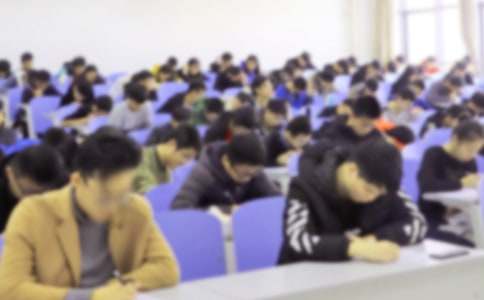- 相關推薦
2016年職稱英語考試理工類完形填空模擬試題
“Liquefaction” Key to Much of Japanese Earthquake Damage

The massive subduction zone earthquake in Japan caused a significant level of soil “liquefaction” that has surprised researchers with its 51 severity, a new analysis shows.
“We’ve seen localized examples of soil liquefaction as extreme as this before, but the distance and 52 of damage in Japan were unusually severe,” said Scott Ashford, a professor of geotechnical engineering at Oregon State University. “Entire structures were tilted and sinking into the sediments,” Ashford said. “The shifts in soil destroyed water, drain and gas pipelines, crippling the utilities and infrastructure these communities need to 53 . We saw some places that sank as much as four feet.”
Some degree of soil liquefaction is common in almost any major earthquake. It’s a phenomenon in which soils soaked with water, particularly recent sediments or sand, can lose much of their 54 and flow during an earthquake. This can allow structures to shift or sink or 55 .
But most earthquakes are much 56 than the recent event in Japan, Ashford said. The length of the Japanese earthquake, as much as five minutes, may force researchers to reconsider the extent of liquefaction damage possibly occurring in situations such as this.
“With such a long-lasting earthquake, we saw 57 structures that might have been okay after 30 seconds just continued to sink and tilt as the shaking continued for several more minutes,” he said. “And it was clear that younger sediments, and especially areas built on 58 filled ground, are much more vulnerable.”
The data provided by analyzing the Japanese earthquake, researchers said, should make it possible to improve the understanding of this soil 59 and better prepare for it in the future. Ashford said it was critical for the team to collect the information quickly, 60 damage was removed in the recovery efforts.
“There’s no doubt that we’ll learn things from what happened in Japan that will help us to reduce risks in other similar 61 ,” Ashford said. “Future construction in some places may make more use of techniques known to reduce liquefaction, such as better compaction to make soils dense, or use of reinforcing stone columns.”
Ashford pointed out that northern California have younger soils vulnerable to liquefaction-on the coast, near river deposits or in areas with filled ground. The “young” sediments, in geologic terms, may be those 62 within the past 10, 000 years or more. In Oregon, for instance, that describes much of downtown Portland, the Portland International Airport and other cities.
Anything 63 a river and old flood plains is a suspect, and the Oregon Department of Transportation has already concluded that 1, 100 bridges in the state are at risk from an earthquake. Fewer than 15 percent of them have been reinforced to 64 collapse. Japan has suffered tremendous losses in the March 11 earthquake, but Japanese construction 65 helped prevent many buildings from collapse-even as they tilted and sank into the ground.
51.A. internal B. different C. difficult D. widespread
52.A. volume B. length C. extent D. width
53.A. function B. repair C. build D. remove
54.A. durability B. strength C. ability D. property
55.A. ascend B. compact C. collapse D. recover
56.A. shorter B. longer C. simpler D. stranger
57.A. when B. what C. how D. which
58.A. occasionally B. frequently C. specially D. recently
59.A. development B. phenomenon C. formation D. composition
60.A. unless B. until C. after D. before
61.A. findings B. locations C. events D. sources
62.A. delivered B. deposited C. destroyed D. detached
63.A. near B. from C. inside D. over
64.A. prevent B. accelerate C. predict D. detect
65.A. styles B. sites C. costs D. standards
參考答案:51-65 DCABC ACDBD CBAAD
【職稱英語考試理工類完形填空模擬試題】相關文章:
職稱英語理工類A完形填空練習201703-08
2017年職稱英語理工類C級完形填空練習03-08
2017職稱英語考試題型03-27
2016年職稱英語理工類概括大意試題03-21